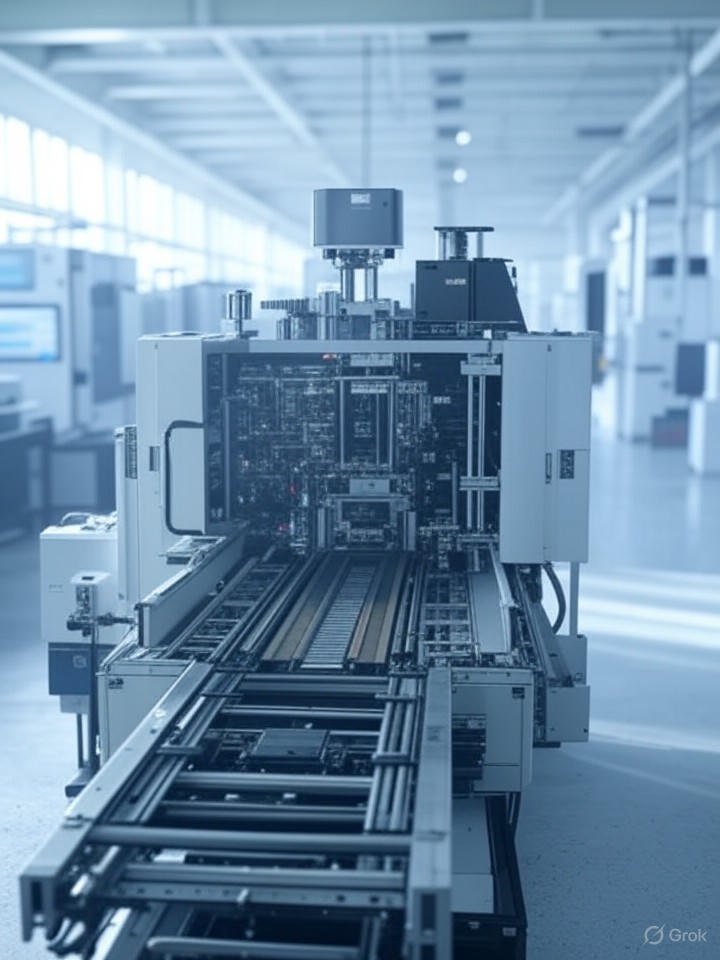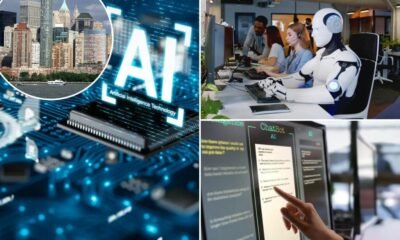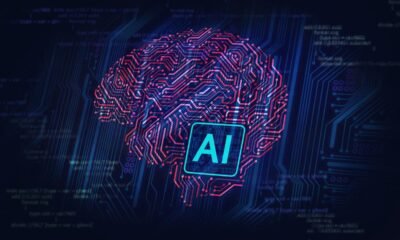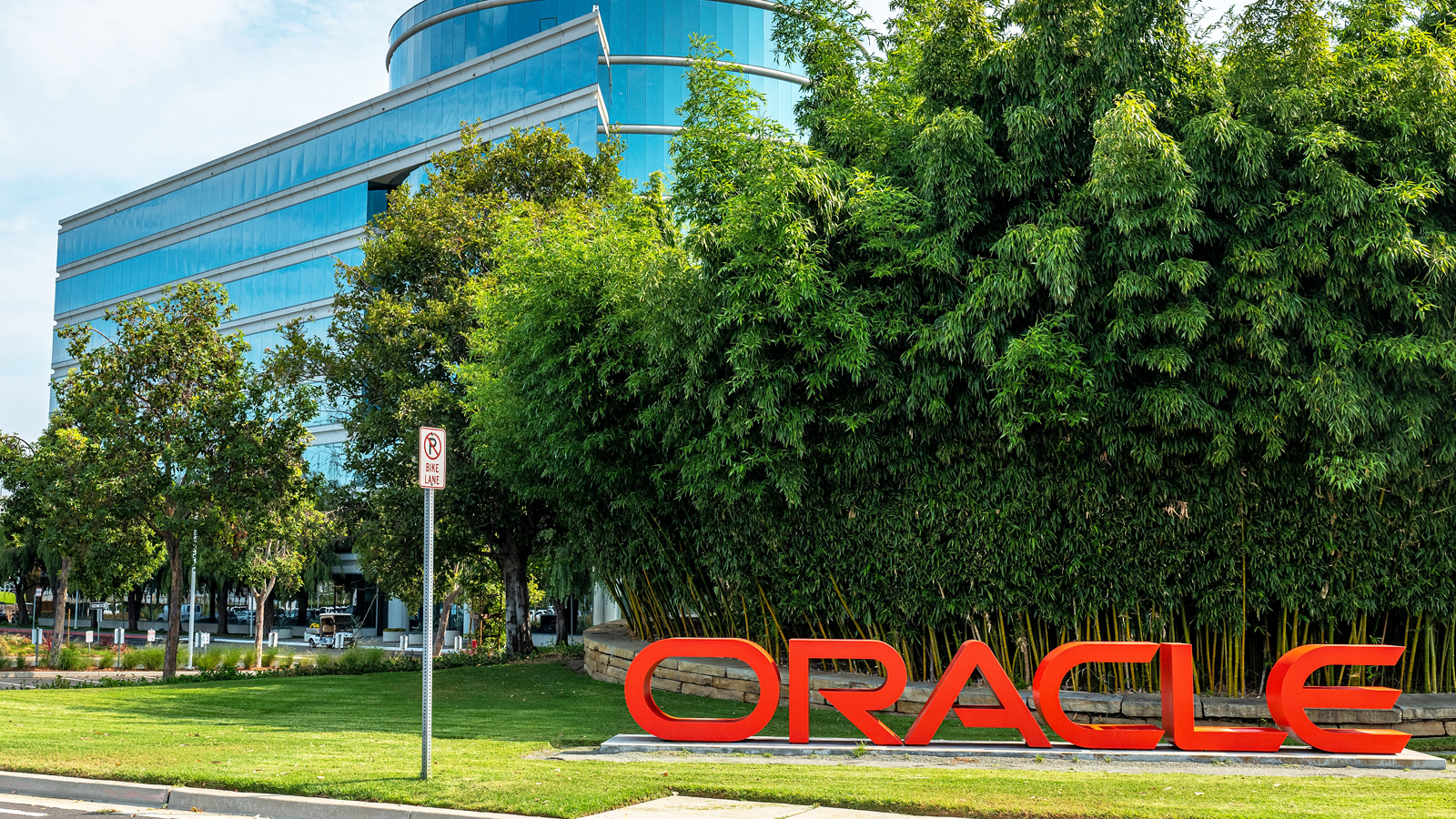Tools & Platforms
AI Technology Outdated? That’s Okay, Just Keep Moving

One can be forgiven for thinking that everyone is mastering artificial intelligence, while they are scrambling to understand it and catch up. Let’s face it: no one knows where AI is going to take us. Not a year from now, not even a month from now. Everyone is experimenting and learning. Not even the chief information officer of one of the world’s leading technology providers can say with certainty where AI is taking things.
And that’s okay.
Today’s AI intelligence platforms and offerings are becoming outdated at a blinding pace. Which raises the question, where should one insert their investments, as there is the risk of pouring money into outdated technology? This typically doesn’t sit well with boards, or employees that have to depend on the technology.
But the worst strategy is to hold off and wait for the next iteration of the technology, because that day will never come.
That’s the word from Art Hu, CIO of Lenovo Global, who urged decision-makers to work with the AI they’ve got, which is more productive than waiting for new versions to come along – no matter how quickly they appear on the scene. Everything is uncertain, so don’t count on certainty, he said, speaking with CXOTalk’s Michael Krigsman in a recent interview. “Agility beats certainty as an AI investment strategy,” he said.
Accept that the AI technologies chosen today will not remain at the forefront for long. Hu shared Lenovo’s own approach to AI investment, which emphasizes “no regret” investments, even if the technology becomes outdated.
It’s not about perfection – it’s about adaptability and agility, he again emphasized. Too often, organizations get caught in “analysis paralysis,” unable to move forward because they are unsure how the technology will develop. Don’t wait for guaranteed outcomes that may never materialize, he said.
AI technology “is advancing at a rapid pace – almost by day or by week or by month,” Hu said. Analysis paralysis sets in because “the frontier seems to be moving so quickly,” and people don’t know how to handle it.
The best approach is to keep learning and tolerate ambiguity, he explained. At his company, that translates into AI decisions made by a cross-enterprise executive committee. “In terms of the investment question and our investment strategy, everyone is expected to engage, and that helps tremendously,” he said. “There’s no need to explain what we’re doing or why, and that really helps the team step forward.”
An important part of this open AI strategy is to take on the prevailing fear that AI is taking jobs away. This narrative “portrays workers as passive victims rather than active participants in change,” he said. “AI automates specific tasks within jobs, but humans still design job roles and define organizational goals.”
There’s a productivity benefit as well, “Software engineers who once spent only 10-15% of their time coding now have access to capabilities that previously required specialized designers or prototypers,” he explained. As a result, professionals are freed up to focus on higher-value activities, such as architecture, security, and business outcomes.
The key to successfully building an AI partnership is to “help teams break down their roles into tasks, identify which ones AI can enhance or replace, and restructure positions to focus on distinctly human contributions,” said Hu.
It’s important to reframe the AI discussion, he continued. “The point is to not lose momentum and to continue in the face of that uncertainty.”
For its part, Lenovo seeks to create “the environment that invites people in,” Hu related. “If you want to work in legal, if you’re in marketing, if you’re in finance, if you’re in HR, there’s something for you to work with that will help invite you in the door.”
That “pull” results in high levels of interest among employees, and a desire to learn more, he added.
Tools & Platforms
2025 PCB Market to Surpass $100B Driven by AI Servers and EVs

In the fast-evolving world of technology, 2025 is shaping up to be a pivotal year for breakthroughs in printed circuit boards, or PCBs, which form the backbone of everything from AI servers to automotive systems. Industry forecasts point to a global PCB market exploding past $100 billion, driven by surging demand for high-density interconnect (HDI) technology and innovative materials like low dielectric constant (Low Dk/Df) substrates that enhance signal integrity in high-speed applications.
This growth isn’t just about volume; it’s fueled by strategic shifts in manufacturing, where companies are investing heavily in automation and sustainable practices to meet regulatory pressures and supply chain disruptions. For insiders, the real story lies in how these advancements are reshaping sectors like electric vehicles, where PCBs must withstand extreme conditions while supporting advanced driver-assistance systems.
As we delve deeper into the PCB boom, experts highlight AI server boards as a key driver, with projections from sources like UGPCB indicating a 15-20% compound annual growth rate through the decade, propelled by data center expansions from tech giants like Nvidia and Amazon.
Beyond PCBs, broader technology trends for 2025 underscore the rise of artificial intelligence as a transformative force across industries. Gartner’s latest analysis identifies AI governance, agentic AI, and post-quantum cryptography as top strategic priorities, emphasizing the need for businesses to balance innovation with ethical oversight amid increasing regulatory scrutiny.
These trends extend to cybersecurity, where post-quantum solutions are gaining traction to counter threats from quantum computing, potentially rendering current encryption obsolete. For enterprise leaders, this means reallocating budgets toward resilient infrastructures, with investments in AI-driven threat detection systems expected to surge by 25% according to industry reports.
In a comprehensive overview shared via Medium, analyst Mughees Ahmad breaks down how trends like AI TRiSM (trust, risk, and security management) will redefine corporate strategies, urging firms to integrate these into their core operations for competitive edges in volatile markets.
Collaboration between tech firms and media is also amplifying these discussions, as seen in recent partnerships that blend data insights with journalistic depth. At the World Economic Forum in 2025, Tech Mahindra teamed up with Wall Street Journal Intelligence to unveil “The Tech Adoption Index,” a report that quantifies how enterprises are embracing emerging technologies, revealing adoption rates in AI and cloud computing hovering around 60% in leading sectors.
This index highlights disparities, with healthcare and finance outpacing manufacturing in tech integration, offering a roadmap for laggards. Insiders note that such collaborations are crucial for demystifying complex trends, providing actionable intelligence amid economic uncertainties.
Drawing from the Morningstar coverage of the launch, the report underscores that regions like the Middle East are becoming hubs for tech discourse, with Qatar set to host The Wall Street Journal’s Tech Live conference annually starting this year, attracting global innovators to explore these very themes.
Investment opportunities in 2025 are equally compelling, particularly in AI stocks and emerging markets, where resilient tech portfolios are projected to yield strong returns despite macroeconomic headwinds. Wall Street strategists from firms like Goldman Sachs and Morgan Stanley are bullish on AI-driven retail and consumer sectors, citing rebounding demand post-pandemic.
Meanwhile, high-yield bonds in tech infrastructure offer stability, as per JPMorgan analyses, while Bank of America flags emerging markets for their growth potential in digital transformation. For industry veterans, the key is diversification, blending tech equities with bonds to mitigate risks from geopolitical tensions.
According to insights compiled in WebProNews, these opportunities reflect a maturing market where AI not only drives innovation but also stabilizes investment strategies, with forecasts suggesting double-digit gains for well-positioned portfolios through 2025 and beyond.
Shifting focus to specific sectors, the beauty and retail industries are leveraging tech for growth, as evidenced by quarterly deep dives into companies like Estée Lauder and Victoria’s Secret. These firms are navigating consumer shifts through product innovation and digital channels, though margin pressures from tariffs loom large.
In parallel, advanced technology segments in manufacturing, such as those in Nordson Corporation, show robust expansion in medical and electronics, driven by portfolio optimizations. These examples illustrate how tech integration is bolstering resilience across diverse fields.
A detailed examination in TradingView News reveals that for Victoria’s Secret, Q2 2025 revenue beats signal a turnaround, with store traffic and e-commerce innovations countering external challenges, a pattern echoed in broader retail tech adoption trends.
Looking ahead, events like the WSJ Tech Live in Qatar promise to convene leaders for in-depth dialogues on these topics, fostering cross-border collaborations. As
Tools & Platforms
Oracle highlights new AI tools for hospitals, take aim at Epic – Modern Healthcare
Tools & Platforms
On-Demand: APAC Tech Policy Trends: AI, Data Privacy,…

Watch our recorded webinar for a timely discussion on the digital and technology policy priorities emerging across key APAC markets and what they mean for your organization.
From groundbreaking AI legislation in Japan and headline-making data leaks in South Korea to ASEAN’s data centre ambitions, the Asia-Pacific region is rapidly shaping the future of global tech policy. As countries across the region introduce and refine policies around artificial intelligence, data governance, and digital innovation, organizations worldwide must stay informed to adapt and respond effectively.
Watch our recorded webinar for a timely discussion on the digital and technology policy priorities emerging across key APAC markets and what they mean for your organization.
Our panel of policy experts will explore:
- Key legislative developments across major APAC economies, including recent AI and data protection measures
- How governments are responding to the growing challenges of data privacy, cybersecurity, and digital accountability
- Trends to watch in 2025 and beyond as tech regulation becomes a top priority for lawmakers, regulators, and global businesses
All fields are required
-

 Business2 weeks ago
Business2 weeks agoThe Guardian view on Trump and the Fed: independence is no substitute for accountability | Editorial
-
Tools & Platforms4 weeks ago
Building Trust in Military AI Starts with Opening the Black Box – War on the Rocks
-

 Ethics & Policy1 month ago
Ethics & Policy1 month agoSDAIA Supports Saudi Arabia’s Leadership in Shaping Global AI Ethics, Policy, and Research – وكالة الأنباء السعودية
-

 Events & Conferences4 months ago
Events & Conferences4 months agoJourney to 1000 models: Scaling Instagram’s recommendation system
-

 Jobs & Careers2 months ago
Jobs & Careers2 months agoMumbai-based Perplexity Alternative Has 60k+ Users Without Funding
-

 Education2 months ago
Education2 months agoVEX Robotics launches AI-powered classroom robotics system
-

 Podcasts & Talks2 months ago
Podcasts & Talks2 months agoHappy 4th of July! 🎆 Made with Veo 3 in Gemini
-

 Education2 months ago
Education2 months agoMacron says UK and France have duty to tackle illegal migration ‘with humanity, solidarity and firmness’ – UK politics live | Politics
-

 Funding & Business2 months ago
Funding & Business2 months agoKayak and Expedia race to build AI travel agents that turn social posts into itineraries
-

 Podcasts & Talks2 months ago
Podcasts & Talks2 months agoOpenAI 🤝 @teamganassi






















